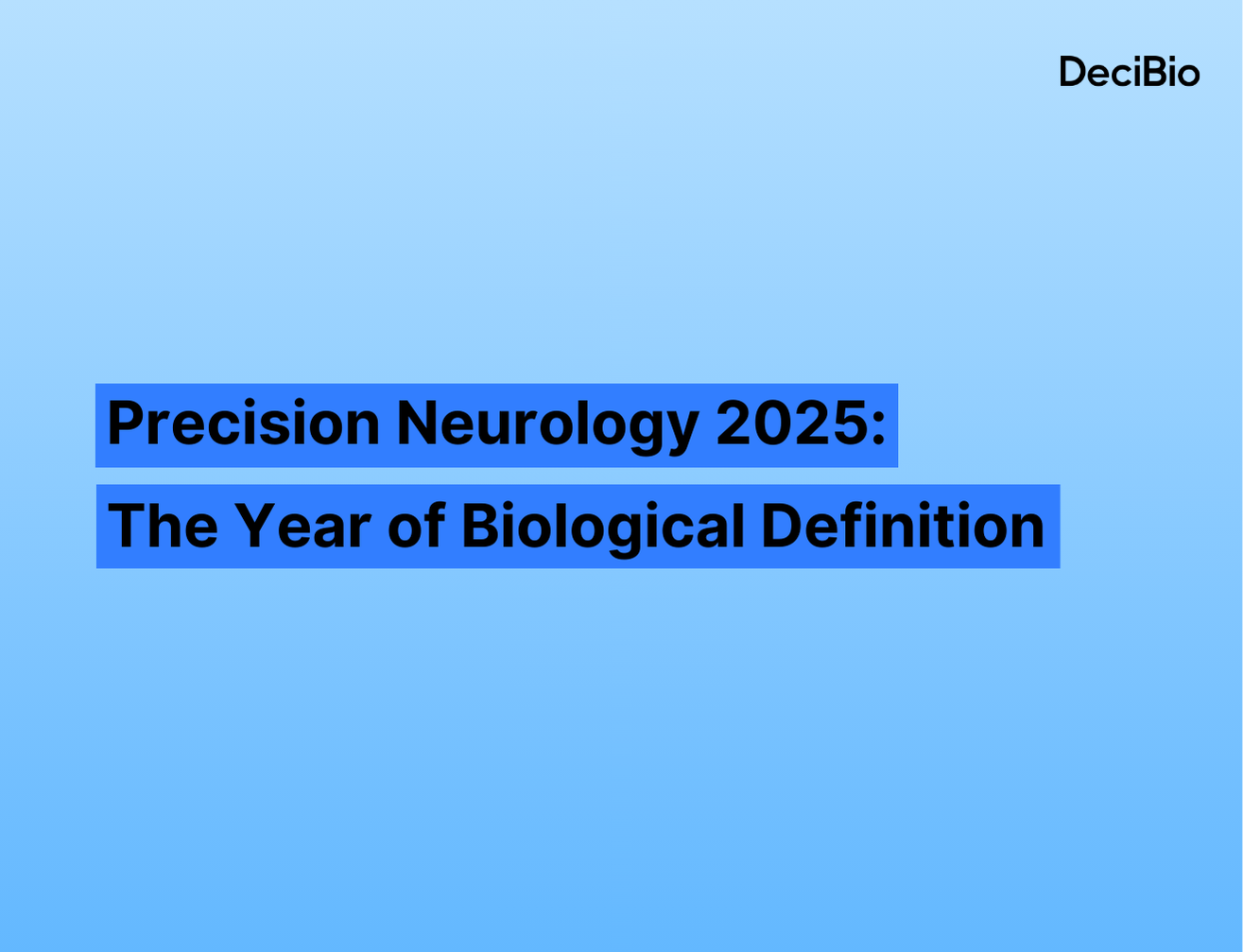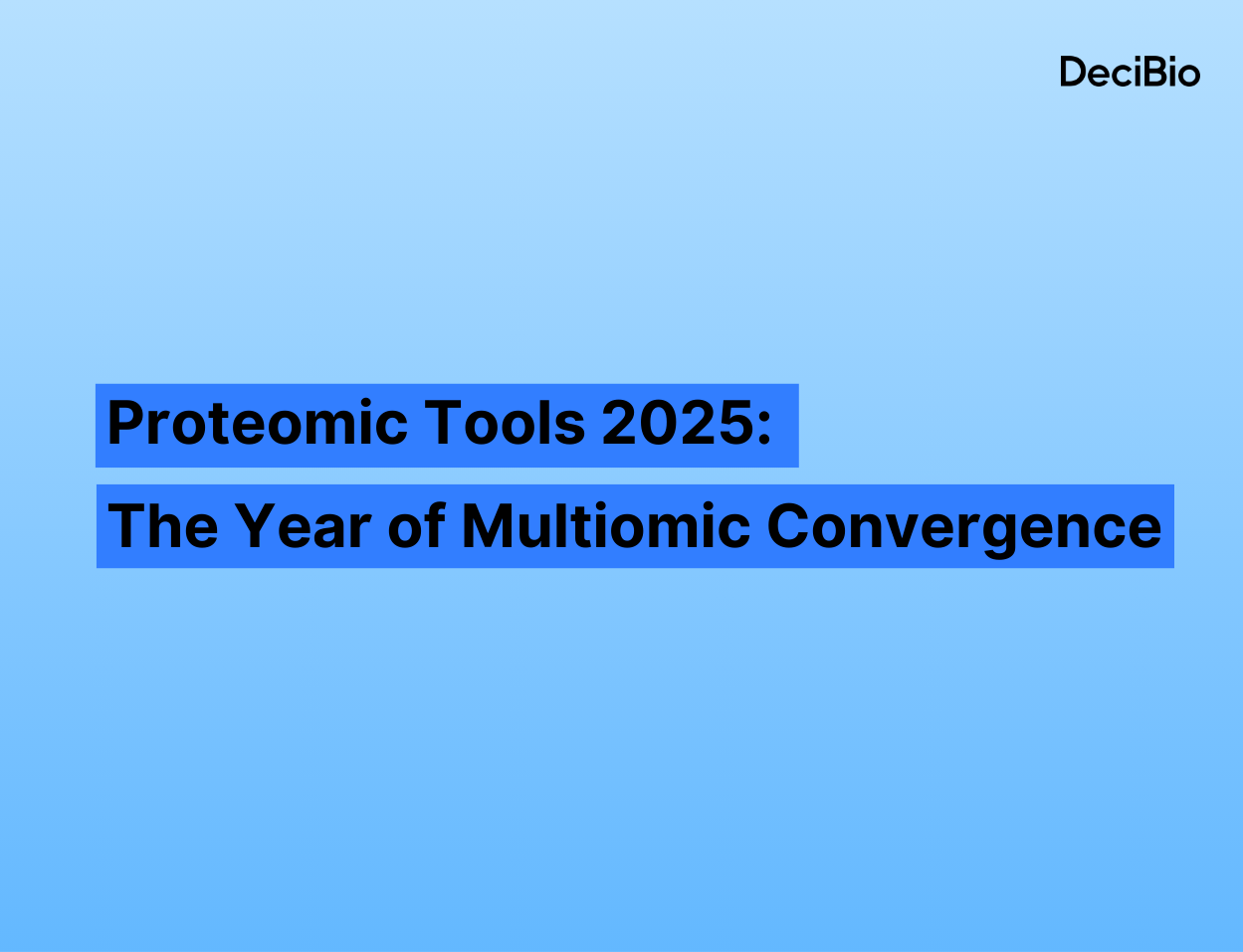What are SNAs?
Spherical Nucleic Acids (SNAs), invented by Chad Mirkin’s group at Northwestern in 1996, are three-dimensional nanostructures composed of a densely packed, spherically-oriented nucleic acid shell that encases a nanoparticle core. SNAs have the potential to overcome many of the challenges facing traditional oligo therapeutics today. The three-dimensional architecture affords novel chemical, biological, and physical properties that are most often applied to nanomedicine and materials synthesis.

What makes SNAs different?
The core gives the conjugate unique physical and chemical properties (e.g. plasmonic, catalytic, magnetic, luminescent) and acts as a scaffold, but the compact nucleic acid layer creates many of SNAs’ differentiating characteristics. The shell has the ability to impart greater binding strength, cooperative melting behavior, higher stability, and enhanced cellular uptake without any transfection agents (as would be used with linear DNA) in comparison to traditional nucleic acid-based delivery mechanisms. Additionally, the composition is very versatile. The preparation of the core can include metals, proteins, liposomes, and even hollow cores. Both single- and double-stranded nucleic acids (e.g. DNA, LNA*, RNA) can create the shell. The diversity in composition creates potential for vivo usage and enables adoption for a variety of applications. Furthermore, SNAs allow for polyvalent interactions by improving the recognition abilities of nucleic acids due to the spherical geometry.
Commercial Applications
Therapeutics
The main player in the small but burgeoning SNA therapeutics field, is Exicure. Co-founded by Mirkin, Exicure has a pipeline covering a range of application areas (e.g., neurology, immuno-oncology, dermatology). In Q1 of 2021, the FDA granted Fast Track Designation to two of Exicure’s cavrotolimod (a toll-like receptor 9 agonist) programs in oncology:
1) Cavrotolimod in combination with anti-PD-1 therapy for patients with locally advanced / metastatic Merkel cell carcinoma (MCC) after anti-PD-1 failure
2) Cavrotolimod in combination with anti-PD-1 or anti-PD-L-1 therapy for patients with locally advanced / metastatic cutaneous squamous cell carcinoma (CSCC) after anti-PD-L-1 failure
An ongoing phase 2 trial by Exicure targeting MCC and CSCC will investigate the efficacy of cavrotolimod in combination with pembrolizumab or cemiplimab. The previous phase 1b dose-escalation study delivered promising results (21% overall response rate**) in a cohort consisting of 85% of patients progressing with anti-PD-1 antibody therapy upon trial initiation. Exicure’s developments in neurology*** and dermatology continue in discovery / preclinical development stages, but key partnerships (e.g., Ipsen, AbbVie) may be turnkeys in accelerating product development / launch.
Although Exicure holds the first-mover advantage for SNAs, substantial research activity indicates buy-in from academic stakeholders. Trial success may attract new competition as spin-outs of university labs, propelling field development.

Of the ~120 publications mentioning spherical nucleic acids, ~45% are from Mirkin’s group. However, research from other labs and companies is increasing, especially due to the recent spiked interest in nucleic acid delivery mechanisms.
Research at Dr. Mirkin’s lab at Northwestern University is ongoing. In Q4 of 2020, Northwestern completed an early phase 1 / phase 0 trial for the safety of NU-0129, a spherical nucleic acid based therapeutic for patients with recurrent glioblastoma or gliosarcoma. NU-0129’s advantage is its ability to target the blood-brain barrier, a natural defense system that typically inhibits drug effectiveness. Once across, NU-0129 can infiltrate tumor cells and employ siRNA to mitigate expression of Bcl2L12, a gene overactive in cancer cells that permits proliferation of cancerous cells. Results from the study were promising as none of the 8 patients enrolled in the trial suffered from grade 4 or 5 toxicity events. Furthermore, NU-0129 not only decreased expression of Bcl2L12 but promoted caspase-3 protein activity and expression of p53 (two critical components in promoting apoptosis). NU-0129 is early in the clinical trial process, but initial successes incite hope that spherical nucleic acids may address a previously unreachable patient population. The advent of positive trial results will propel development and commercialization of more novel therapeutics.
Diagnostics
Work is being done to develop SNA-based molecular diagnostics that enable point of care, rapid pathogen detection with high sensitivity. The technology has been leveraged for two molecular diagnostics to-date: Verigene by Luminex^ and SmartFlares by Merck. Verigene, an FDA-approved diagnostic, is engineered primarily to detect bloodstream, respiratory, and gastrointestinal infections. SmartFlares is an RNA-probe that can detect the location and quantity of RNA in live cells. These target cells can be further used for downstream analysis since the need for cell lysis is eliminated. Given their unique capabilities, SNAs may improve clinical care by empowering highly sensitive, on-demand diagnostics with minimal hands-on-time required for technicians.
The Advent of Novel, Nucleic Acid Therapies
While still emerging, the novel therapeutic and diagnostic potential of SNAs is increasingly expanding into academic labs and slowly trickling into clinical trials. With the recent surge of activity in nucleic acid-based therapeutics, new delivery systems outside of traditional mechanisms such as lipids and lipid nanoparticles are being sought out. Increasingly, these are expanding to mechanisms utilizing nucleic acid structures themselves such as SNAs and DNA origami that present novel transfection properties but nonetheless face traditional challenges (e.g., off-target effects, unknown pathway mechanisms, etc.). Ongoing research is expected to generate further evidence surrounding gene therapies and the efficacy of novel technologies. The advent of these new technologies like SNAs will help propel the field into clinical practice by engineering novel properties to engender a new realm of therapeutic and diagnostic success.
Additional Sources:
https://mirkin-group.northwestern.edu/project/spherical-nucleic-acids/
https://pubmed.ncbi.nlm.nih.gov/?term=%22spherical%20nucleic%20acids%22&timeline=expanded
Notes: * LNA = locked nucleic acid
** Overall response rate = the percentage of patients whose tumor is destroyed or nearly destroyed by the target therapeutic
*** Recent claims of research improprieties may delay preclinical studies regarding XCUR-FXN, Exicure’s platform targeting Freidrich’s Ataxia
^ Luminex bought Verigene through acquisition of Nanosphere, a nanoparticles company founded by Dr. Chad Mirkin









